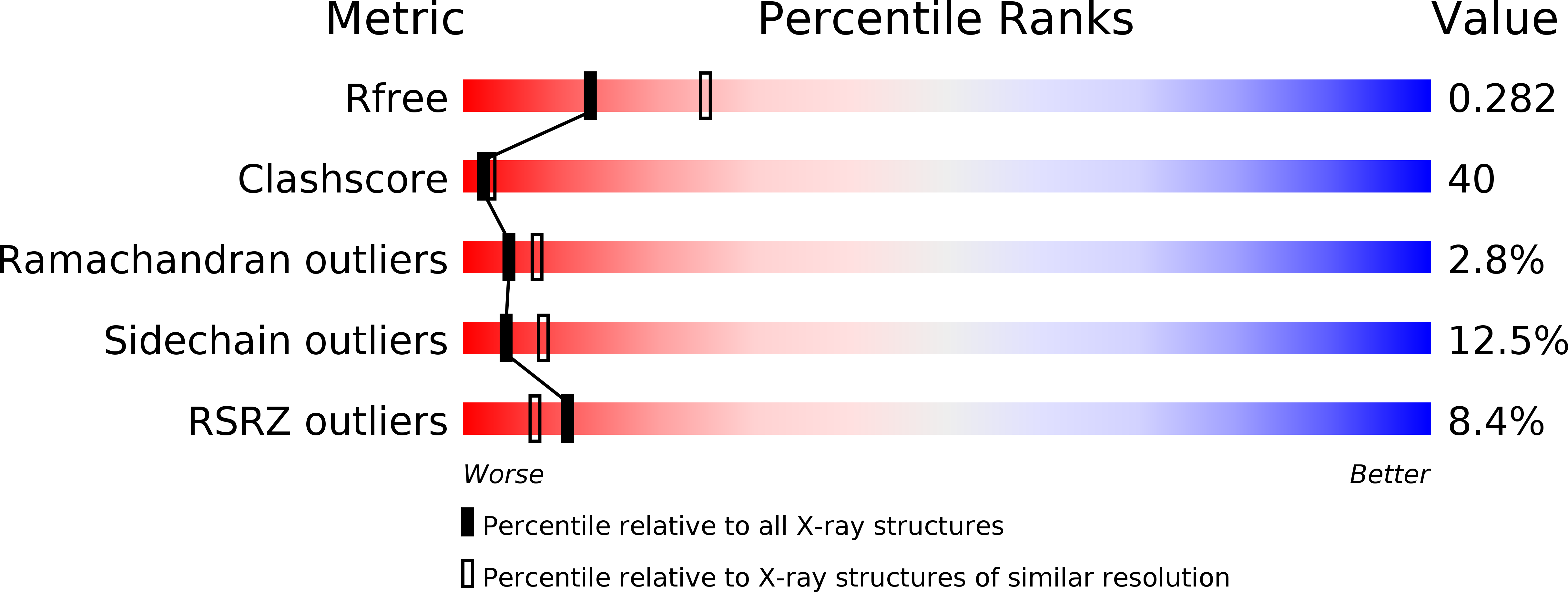
Deposition Date
2009-04-27
Release Date
2010-04-28
Last Version Date
2024-10-23
Entry Detail
PDB ID:
3A1Z
Keywords:
Title:
Crystal structure of juvenile hormone binding protein from silkworm
Biological Source:
Source Organism:
Bombyx mori (Taxon ID: 7091)
Host Organism:
Method Details:
Experimental Method:
Resolution:
2.59 Å
R-Value Free:
0.28
R-Value Work:
0.22
R-Value Observed:
0.22
Space Group:
P 21 21 21


